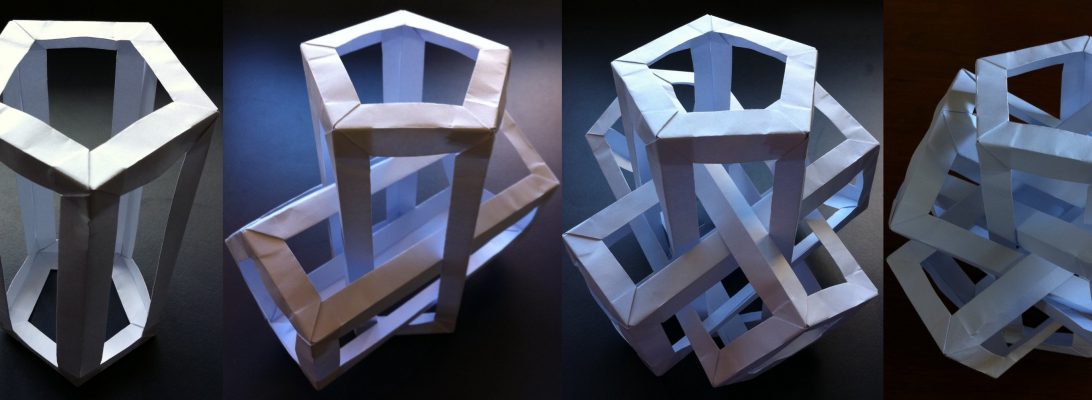It is not every day you open your email and find a gift from a design legend. Friday Francesco Massimo sent me the diagrams for his Western Dragon, and I knew what I would be folding this weekend:

Having folded many dragons (western and not), I was keen to explore the morphology and layer management of this new model, and pretty soon realised paper selection is REALLY important for success with this model.
Essentially a “birdbase”, 2 structured have been grafted on (a Lang “KNL”-style dragon head, and a luscious set of wings), meaning that the “legs” would emerge from the centre of a tangle near the middle of the sheet, accumulating layers as they were formed.

I decided to fold a maquette from thin crispy Kraft paper first – there were LOTS of baffling manipulations and I did not feel confident to risk nice paper on a first fold. In wrestling with the maquette, I “made good” the wing connection and body trimming, learned about initial angles of things like the neck (deciding I did not like the designed angle, changing it in my final fold), and the sequence for the collapse of the head – the pre-creasing strategy is prone to gross inaccuracies that impact the look and sit of the features, so adopted more of a CP mentality when I knew what was being used for what.
Continue reading




























